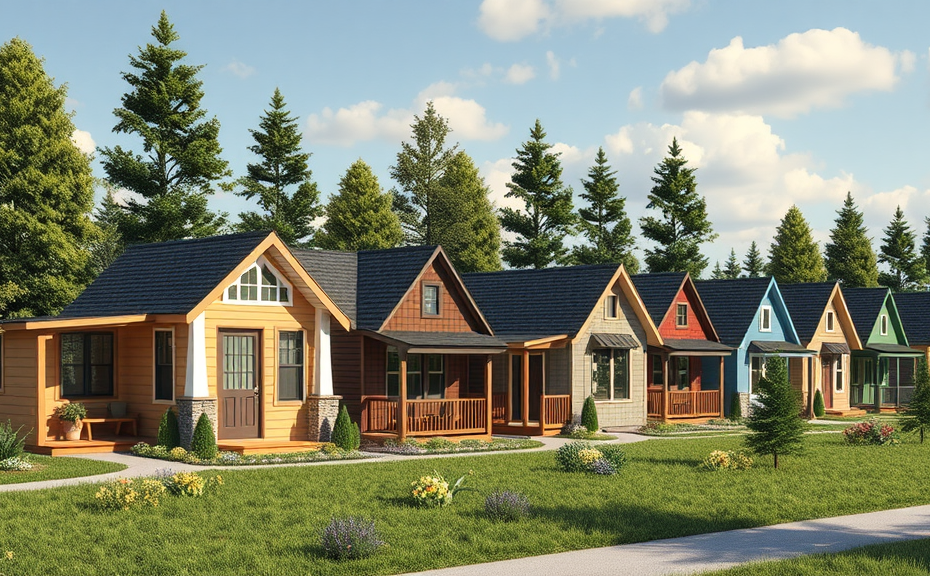Tiny houses have gained immense popularity over recent years, symbolizing simplicity, sustainability, and financial freedom. However, the concept of tiny house neighborhoods faces significant challenges that hinder its widespread implementation. Understanding these obstacles can shed light on why tiny house communities are not yet a common sight.
Firstly, zoning regulations often pose a significant barrier. Many areas have strict zoning laws that categorize residential units by size, prohibiting the establishment of homes smaller than a specified square footage. These regulations are primarily designed to maintain property values and community standards, but they inadvertently stifle the potential for tiny house neighborhoods.
Another critical factor is infrastructure requirements. Tiny house communities require essential services such as water, sewage, and electrical systems. In many jurisdictions, creating or modifying these systems to accommodate smaller homes can be expensive and logistically challenging. Local governments may be reluctant to invest in these changes, especially in regions facing budget constraints.
Community acceptance is also vital. Some residents may harbor misconceptions about tiny houses, viewing them as undesirable or associated with transient populations. Overcoming these biases requires education and awareness initiatives that highlight the benefits of tiny living, such as affordability and eco-friendliness.
- Financing challenges: Securing loans for tiny homes can be difficult due to their non-traditional nature.
- Building permits: Obtaining required permits can be a lengthy process, often involving extensive paperwork.
- Limited land availability: Finding suitable land for tiny house communities can be an issue in urbanized areas.
Ultimately, the dream of tiny house neighborhoods remains constrained by regulatory, infrastructural, and social barriers. An increase in dialogue among stakeholders, including developers, local governments, and communities, is essential to pave the way for the realization of tiny house neighborhoods.
